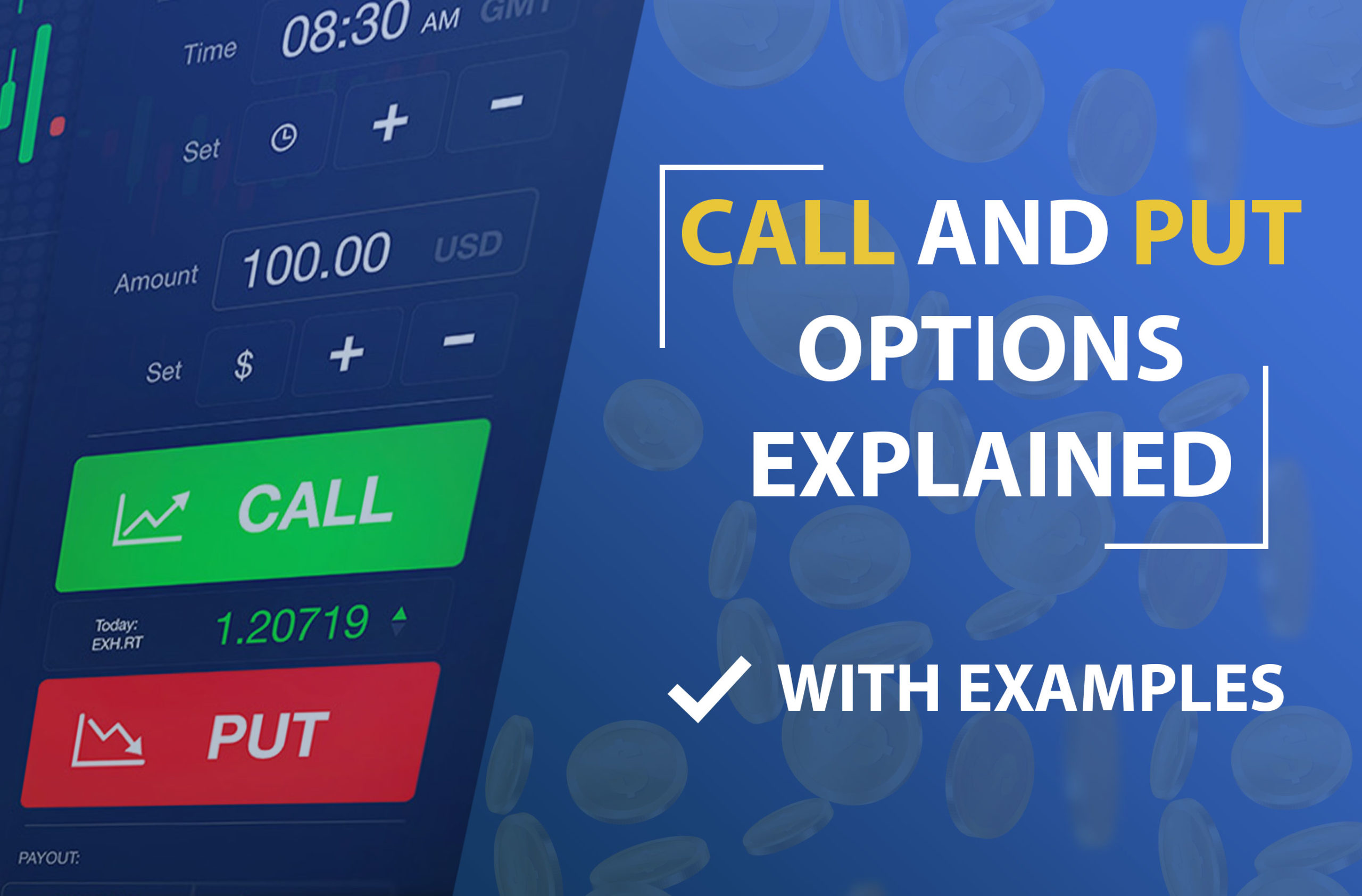Call and put options make up the two different types of options. Their official definitions are outlined below. (Don’t cringe just yet, I will explain in understandable terms).
Call Option
gives the buyer (you) the right to require the grantor to sell the equity to them at the agreed price on or before an agreed upon time. (If the grantor agrees to sell to you for $90, it doesn‘t matter that the equity is now worth $100; He must sell it to you for the agreed upon price. This happens behind the scenes at the exchange; You buy from him for $90 and sell for $100 and earn the difference.)
Put Option
gives the buyer (you) the right to require the grantor to buy the equity from them at the agreed price on or before an agreed upon time. (If the grantor agrees to buy the equity from you for $90, it doesn‘t matter that the equity is now only worth $80. He must buy it from you at the agreed upon price. This happens behind the scenes at the exchange; You buy it for $80 and sell to him for $90 and earn the difference.)
Simple, right? The Tried and True parts come from the fact options are used to trade day in, day out. Every day of the week.
Let‘s jump in and discuss options and how they work.
Call or Put? The Two Types of Options
Simply stated, there are two types of options, Call Options and Put Options, or just a Call and a Put.
As mentioned, Call Options are contracts that give the owner (you) a right, but not an obligation. You may buy a specified number of shares of an equity at a specified price, called the strike price. This must occur on or before a specified date, called the expiration date.
Call options are purchased when you expect the price of the underlying stock to go up.
Let’s look at some examples of call and put options
I could use anything as an example here… A house, a boat, a baseball card.
I’m sure you get the idea. I decided on my dream car.
Let’s say, I had a friend who was interested in selling a car. It’s a well-loved 1966 first generation Ford Mustang Fastback stored in a garage behind his house.
He had begun restoring it, but lost interest along the way. He wasn’t in any hurry to sell but wanted $20,000 for the car.
I was definitely interested but wasn’t ready to come up with $20,000… So I proposed purchasing or paying for an option to buy the car at a later date.
The Call Option was … I would pay him $500 to let me purchase the car anytime over the next 6 months for $20,000.
Four months later at a car show, I learned that the value of vintage Mustangs had gone up! I met a man there, who desperately wanted to purchase a 1966 Mustang. He said was willing to pay $25,000 for the vehicle.
Ready for the magic?
Thanks to my Call Option, I was able to purchase my friend’s car and sell it to the collector all in one transaction.
The end result was this: my friend was pleased to have received $20,000 for his car, plus the $500 I paid for the option to buy the vehicle.
The collector was excited to have bought a highly valued Mustang for $25,000. And I made $5,000 less the $500 I paid for the option and the $20 fee paid to transfer the title on my option to buy and sell an equity that went up in value.
This simple illustration shows how I controlled what happened to the Mustang, a $20,000 equity for six months for a fraction of the cost ($500).
In this case, the value went up, giving me the right to purchase it at the agreed upon price and selling it for the increased value, pocketing the difference.
Put Options
Put Options are contracts that give the owner (you) the right, but not the obligation, to sell a specified number of shares of an equity at a specified price, the strike price, on or before a specified date, the expiration date.
You might purchase a Put Option when you expect the price of the underlying stock to go down.
When you decide to buy a put option, you are betting that the value of the equity will go down.
Put options can be hard to wrap your brain around because it is contrary to everything you have been taught.
Why would anyone want to purchase something that is going to drop in value?
In a sense, a Put option is like owning insurance where you know that you will be paid the previous value of a lost or damaged item that you do not yet own.
Intrigued? Read on…
When you buy a Put Option on a stock, wait until the price drops, buy the shares at the lower price, then sell the shares to the holder of the Put for the full agreed upon price, you will profit the difference. Here is an example:
Abercrombie & Fitch is trading at $40 a share. After a warm winter which would equate to slow heavy coat sales.
You think that the price is going to go down so you buy a Put option for $250 to be able to sell 100 shares at $40 each.
Just as you expected ANF goes down to $30 a share.
You decide you are ready to cash in on your Put option, so you buy the shares at $30.00.
Your broker will now sell shares to the owner of the Put option contract and you will profit the difference.
Since you bought at $30 a share and sold at $40 your profit is $10 a share on 100 shares (each option contract covers 100 shares of the underlying stock) = $1,000.
If this all sounds confusing, imagine this scenario:
You are in a Big Box Electronics store and they are offering an unusual guarantee. They are offering a manufacturer’s contract which says that if you are not satisfied with a particular model name brand plasma TV for any reason, they will buy it back for $2,500.
Even though you haven’t yet bought the TV, this guarantee strikes you as a valuable offer, a type of insurance since you are interested in that particular TV anyway.
In a sense, it is like buying replacement insurance at a set price before the sale.
You pay $75 for the $2,500 purchase guarantee contract.
Later that week, you see a commercial for the exact TV that has just gone on sale for $2,000.00 at another branch of the store across town.
So, what do you do? You go to the branch store and purchase the $2,000 TV and return it to the store where you purchased the price guarantee. The store manager gives you the difference between the price you paid and the sale price – $500.00.
It is the same thing with put options, except that the purchase and sale happen at the brokerage and all you see is the addition of $500 in your account.
Your net profit is $500 less the $75 you paid for the put option guarantee and the gas (fees) it took to make the exchange.
This still sounds like a lot… How do I actually use call and put options in my brokerage account?
Don’t worry – from an option trader’s perspective, all of this happens behind the scenes.
You just simply log on to your online brokerage account and click the “buy-to-open” button and you have just purchased the option (call or put) (your broker buys the option from someone else).
When you are ready to sell, you click the “sell-to-close” button and you‘re done (the broker sells your option, handling the details of the transaction for you).











Trackbacks/Pingbacks